Alpine ‘midhusband’ keeps watch until cows go home
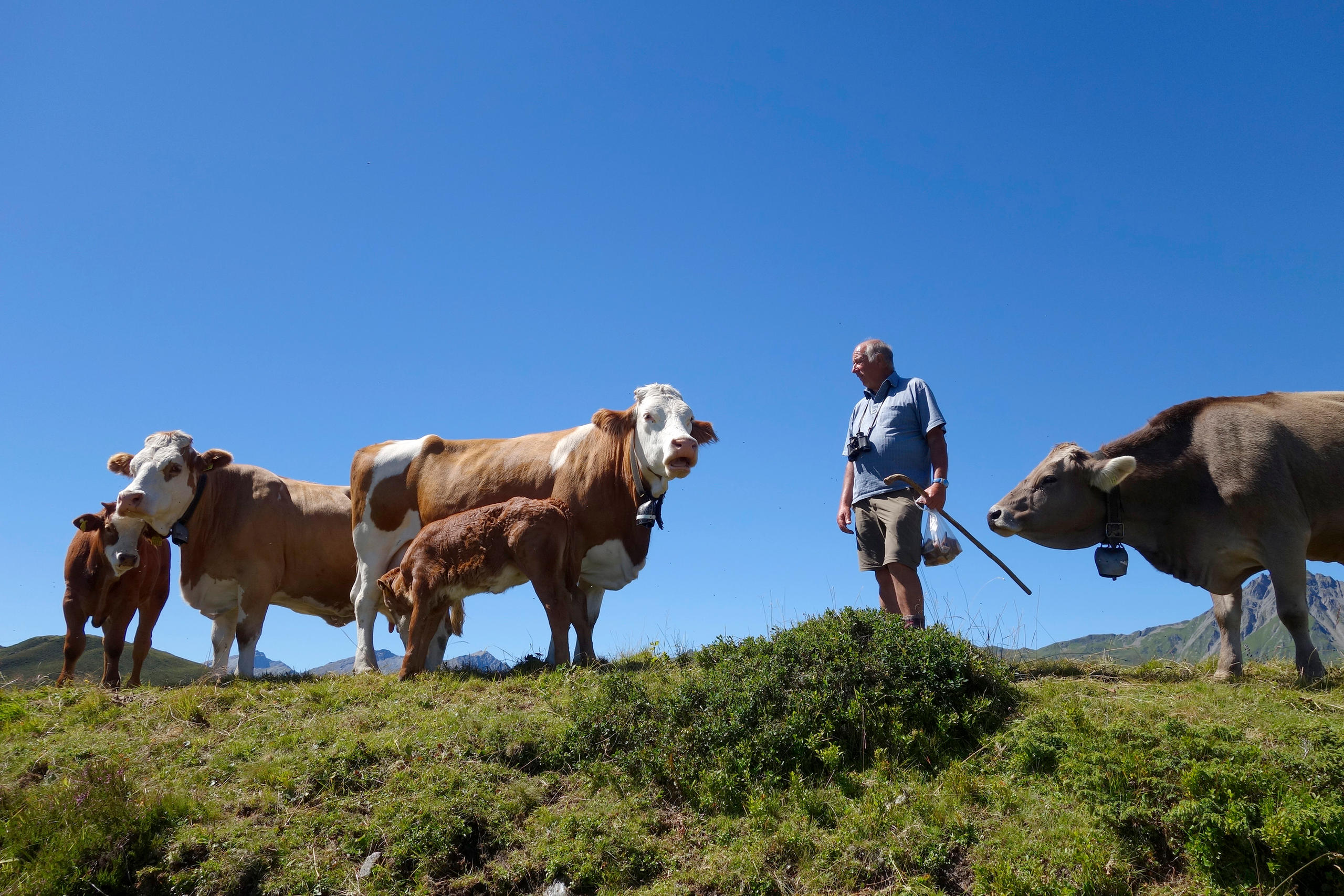
If your job description is alpine ‘midhusband’ to dozens of pregnant and nursing cows, what exactly does that entail?
When I hear the cowbells, I know I’ve got the right man on the other end of the phone line. It’s Christian Hänny – a retired farmer who spends his summers looking after cattle on an alpine pasture in eastern Graubünden.
“You’re welcome to come visit – as long as I’m not too busy delivering calves,” Hänny tells me, highlighting one of his key responsibilities when he’s working on the high meadow, Porteiner Alp. This year he’s looking after 75 cows, about half of which were pregnant when they came into his care in mid-June. Lodging included, Hänny is paid to watch them for the summer months when they’re on the alp. Summer work in the hills – whether it’s looking after animals, tending the land or making dairy products – generates thousands of jobs in Switzerland, and 1,500 in canton Graubünden alone.
When I arrive at the hut – after an exciting drive involving a narrow road full of hairpin turns – Hänny is leading a cow and her calf into a small paddock next to the barn. He encourages me to have a closer look once the animals are settled, the calf drinking hungrily and oblivious to us humans.
“It’s important to make sure they’re drinking,” explains Hänny, who would have to bottle-feed the calf if it failed to latch on to its mother’s udder.
Satisfied with what he sees, he sends the duo back up the hill to re-join the rest of the herd – which is scattered over a steep and lush area of about 180 hectares. It’s covered in grasses, herbs and wildflowers, which add to the flavour of the meat.
For these are meat cattle as opposed to dairy cows. While many of the mothers have been breeding for years, the calves are slaughtered after eight to 11 months, and the cycle begins again. Stemming from four different farmers in the valley, they’re a variety of colours and breeds, like Swiss brown, Simmental and Pinzgauer.
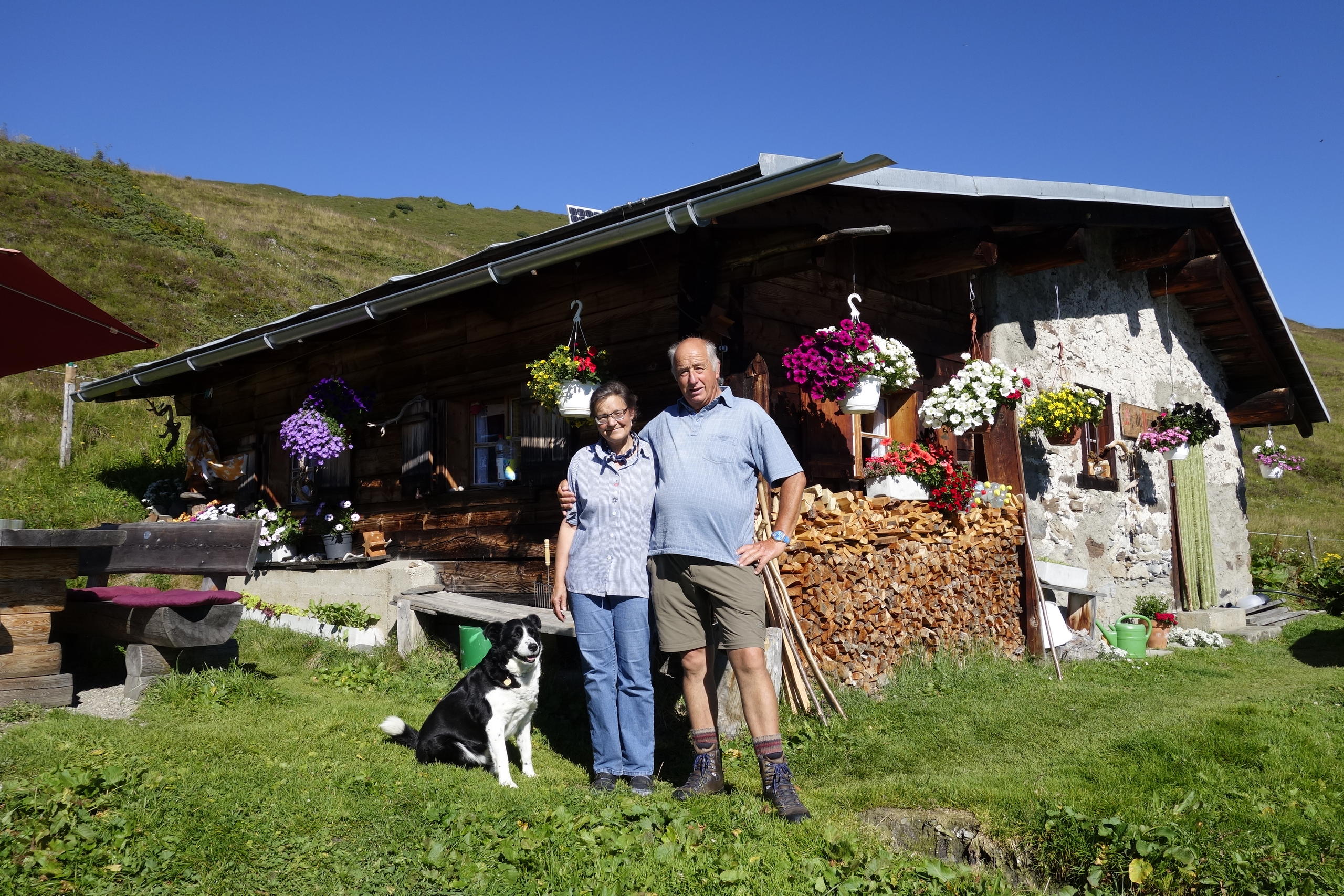
More
At home on the Alp
Where’s Hulda?
A jolly, suntanned man, Hänny surely makes friends easily. After I snap a few photos of him with his wife Vreni and their dog Gin, he’s eager to get me in the picture, too. He proudly shows off the flowers decorating the hut, including Edelweiss – urging me to pluck a few as a souvenir.
Over a glass of iced tea cooled in the root cellar, Hänny checks out my hiking boots. “Well, you’ve got the right footwear – do you want to come with me as I make my rounds?”
Equipped with a walking stick and a bag of old bread for the cows, Hänny doesn’t bother with water, sunglasses or a hat – despite the blazing sun and temperatures pushing 30°C.
“I’m used to being outside; this job keeps you fit,” he says, surprising me when he mentions he’s had a hip replacement. Hoping I can keep up with the energetic 67-year-old, I trail him wearing a hat, sunglasses, and SPF50 – a water bottle shoved into my camera bag.
On this particular day, Hänny hasn’t seen a cow named Hulda – which worries him, somewhat. She’s due to deliver in about two weeks, and the closer her due-date gets, the closer he’d like to have her near the hut and the paddock he calls the maternity ward, which offers easier access to the main road.
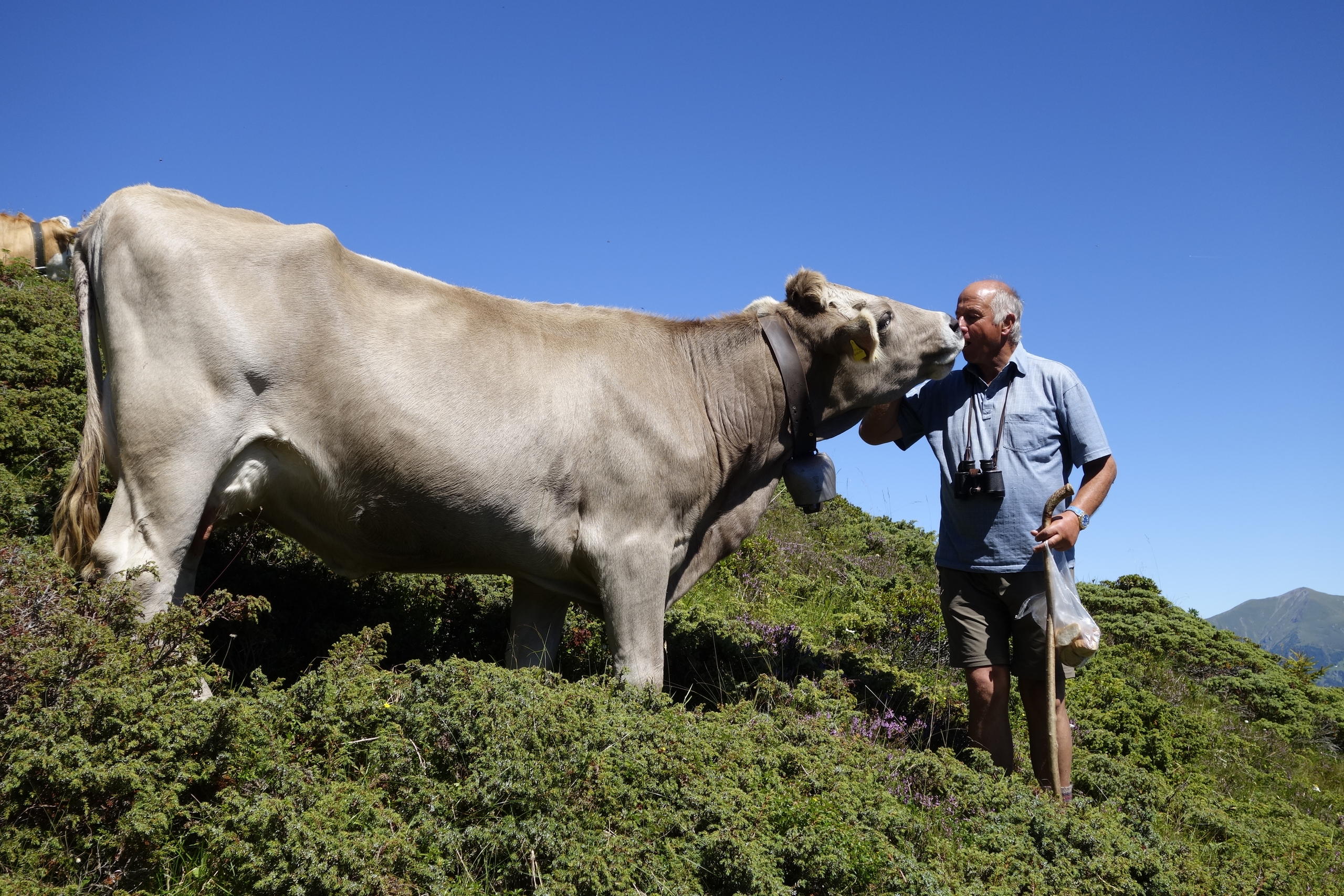
More
Animal (mid)husbandry
I ask if he’s ever surprised to find a newborn calf during his rounds. He smiles and shakes his head, as he gets to know each cow so well: name, owner, character and expected delivery date down to the hour, practically.
Things usually go smoothly, but occasionally, Hänny might use a chain to tug at a calf’s legs.
“There’s been one set of twins this year, and that was a difficult birth. Without help, the calves would have died,” Hänny says. “If you do this job, you have to be prepared for death, too.”
If there’s a serious problem, he’ll call a veterinarian. Then there’s also the chance of injury, especially as the landscape is fairly rugged. When I visited, one heavily pregnant cow was having an issue with a hoof – so Hänny had placed her in the “sick bay” near the hut, where she wouldn’t have to move too much to get food and water.
He says he has some favourites, but emphasises that he treats them all the same.
“They trust me and come right up to me when I’m alone, but if there’s somebody else around, they don’t behave quite the same,” Hänny notes. I wonder whether they’ll object to my big straw Stetson.
Predators and tourists
“I’ve got a very good-natured herd this year – it’s almost an exception that they’re so good. How the farmers treat them in the winter is very important for the summer,” Hänny is convinced – pointing out that a few gentle strokes and slices of stale bread can go a long way.
But several years ago, during Hänny’s first summer on an alpine pasture near Rhäzuns, there was a wolf in the area. This had a major impact on the behaviour of the cows.
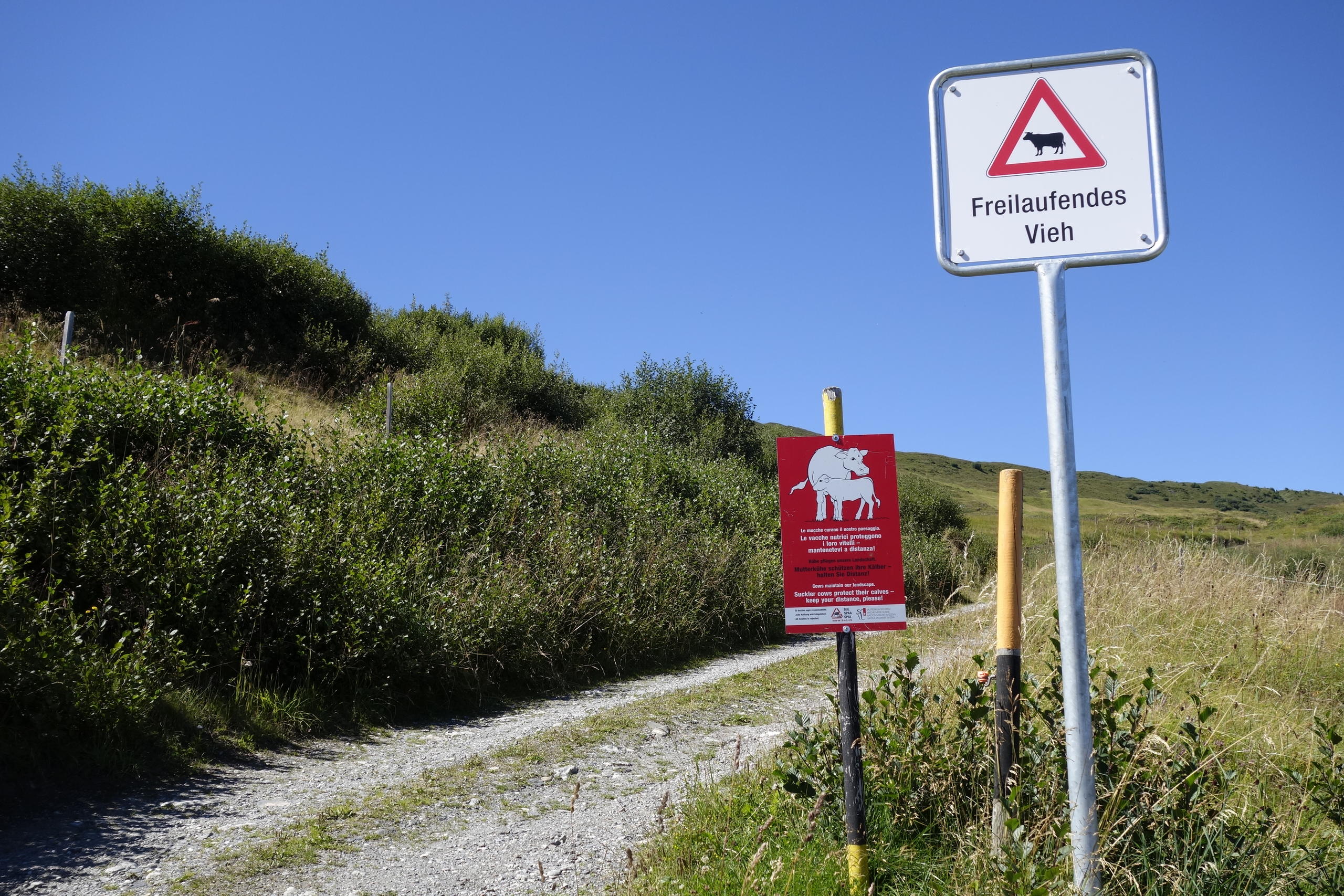
“I myself felt unsafe because the cows were so uneasy,” recalls Hänny. However, tourists are more likely to make the cows nervous – especially if they don’t keep their distance.
What’s more, cows don’t generally make a distinction between wolves and dogs.
“When hikers have dogs, I can’t guarantee their safety. Mother cows are very defensive,” points out Hänny. His own dog stays by the hut rather than acting as any sort of shepherd.
Signs in the area alert people to the danger of approaching the cattle, yet some take no heed – even crossing fences to take a shortcut or get a closer look. But soon enough, I can understand the temptation. We round a bend and see about a dozen calves dozing in a dell. I think to myself, “Jööh” – the German equivalent of “aww”.
“That’s the kindergarten!” jokes Hänny, remarking that it’s common for one or two mothers to keep an eye on the little ones while the others graze or find a watering hole. Other times, a cow will conceal her baby in some tall grass.
Minute steaks
After three hours of hiking with Hänny, I’m hungry and rather tired. He seems as fresh as when we started, which is amazing, considering that it was already his second tour of the day.
Back at the hut, Vreni asks whether I’d like to join them for lunch. They cook with propane, and a solar panel provides a bit of power besides.
“We eat simply, but there’s lettuce from the garden, potatoes, and beef a la minute – local, of course,” Vreni says. I’d almost forgotten why the animals – so lovingly cared for by Hänny – were really there.
As for Hulda, I follow up by phone the next day. Hänny found her in an area not quite visible from where we were walking. And not long after I left, another calf was born.
What’s the most unusual seasonal job you’ve ever had? Tell us about it in the comments below.
You can reach the author of this story on Twitter @SMisickaExternal link.
A live video on swissinfo’s Facebook pageExternal link gave some insights into producing this story:

In compliance with the JTI standards
More: SWI swissinfo.ch certified by the Journalism Trust Initiative










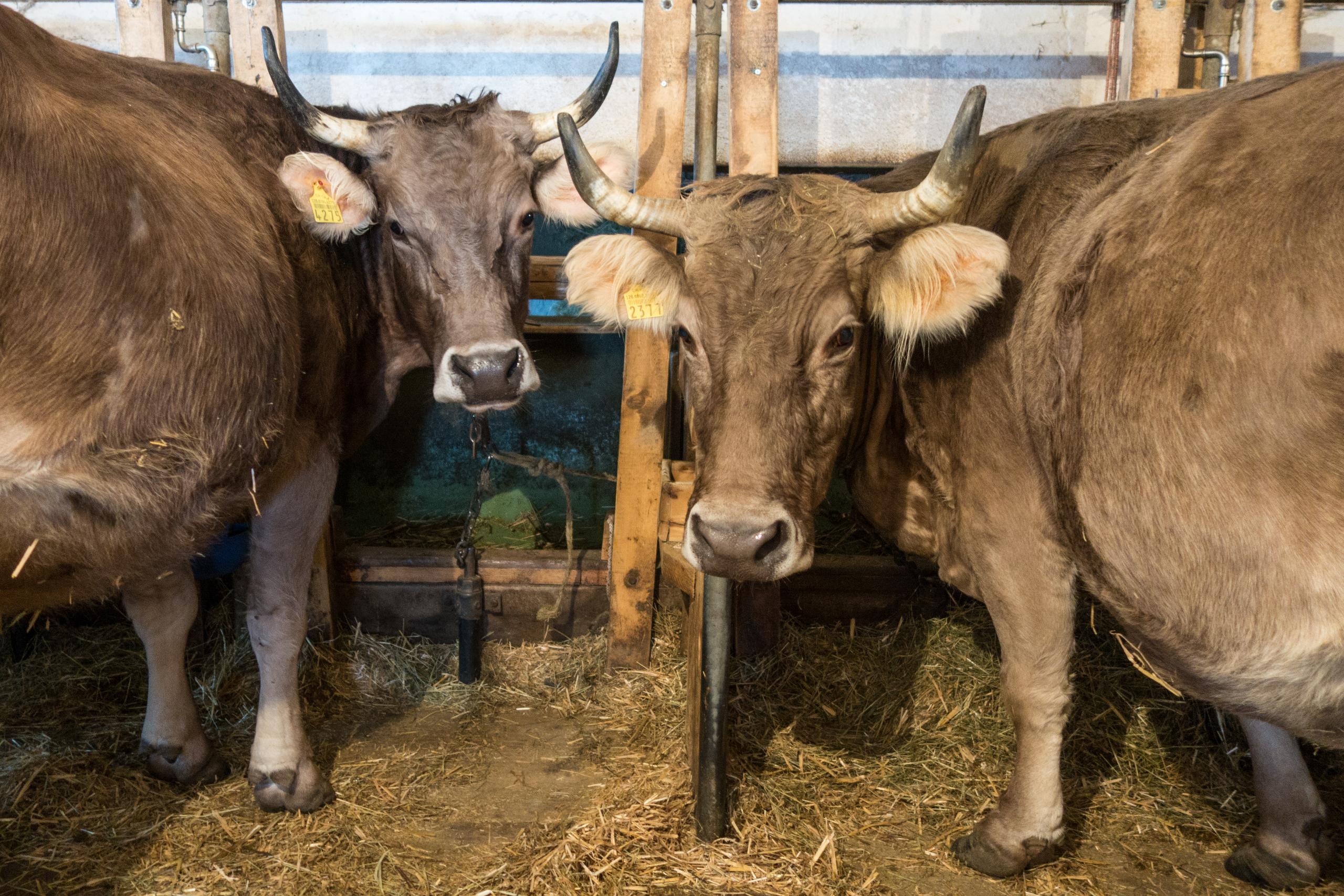

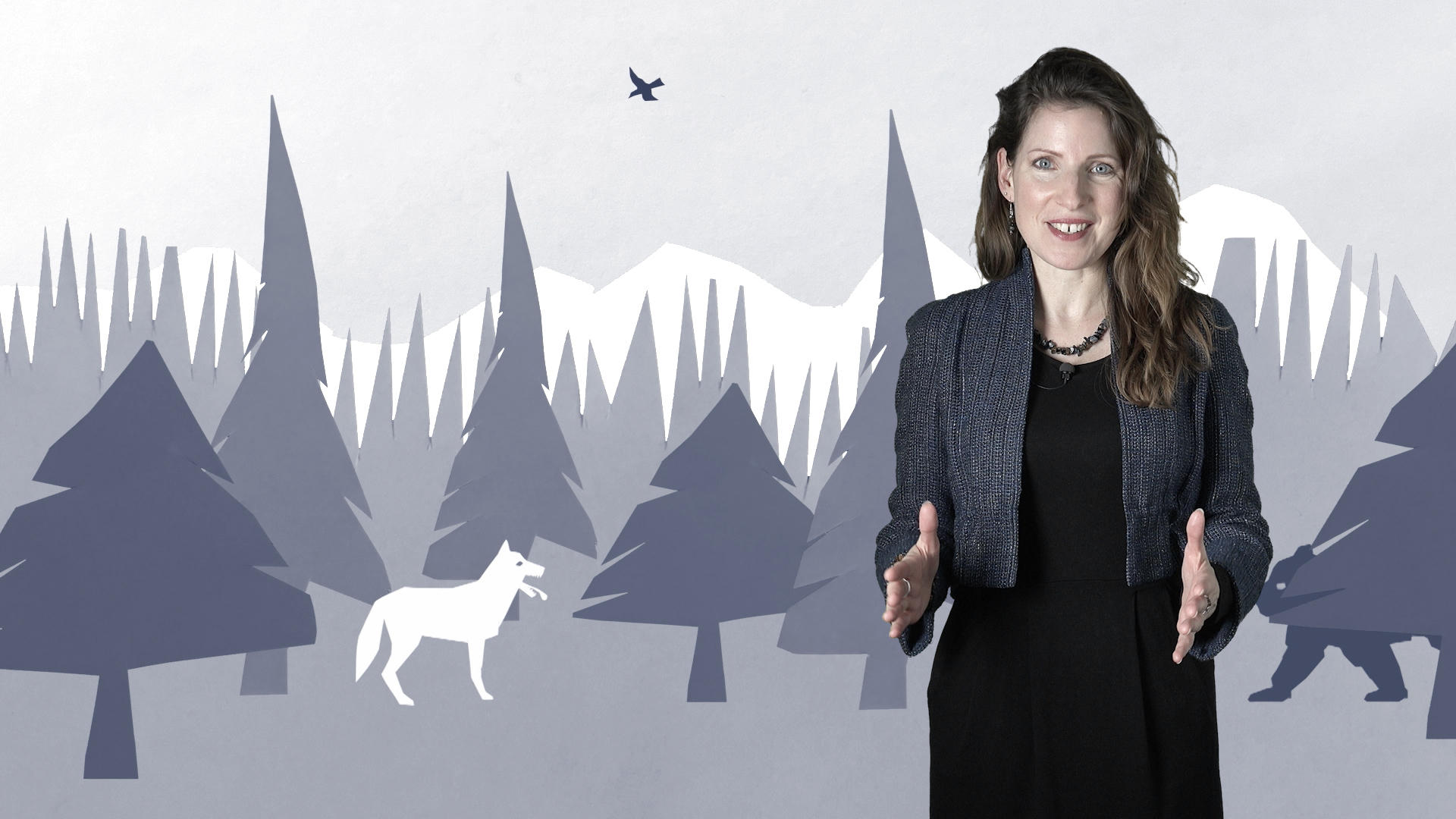




You can find an overview of ongoing debates with our journalists here . Please join us!
If you want to start a conversation about a topic raised in this article or want to report factual errors, email us at english@swissinfo.ch.